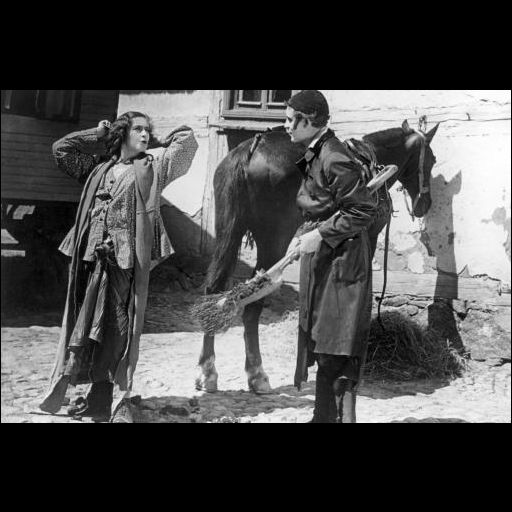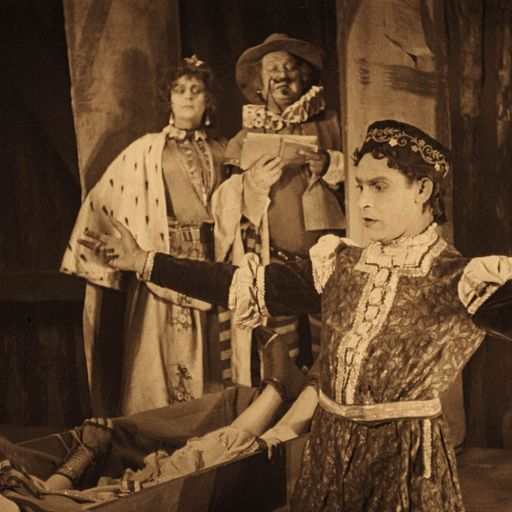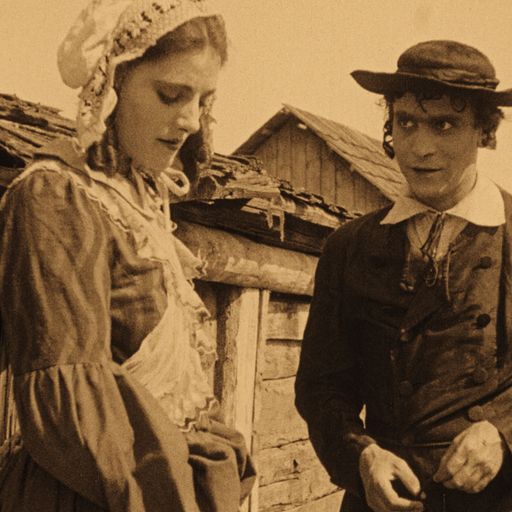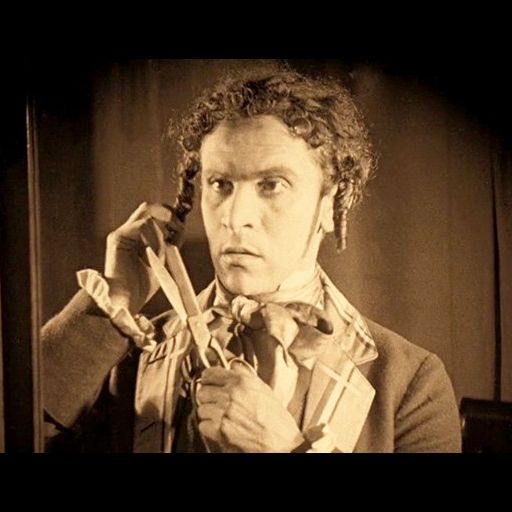Short and Sweet:
In the mid-19th century, Baruch, the son of a rabbi, decides to leave his Galician shtetl against his father’s wishes to become an actor. Initially, he joins a traveling theater troupe, where he catches the eye of the Austrian Archduchess Elisabeth Theresia. Through her influence, he secures an engagement at the Vienna Burgtheater. Baruch succeeds in becoming a celebrated and successful star. The “Romeo with Sideburns,” portrayed by Ernst Deutsch, wins the heart of the Duchess. This opens the path for his assimilation. Baruch returns home, where his childhood love, Esther, has been waiting for him. He marries her and takes her to Vienna. His father, Rabbi Mayer, is horrified by this life and disowns his son. However, when he later attends a performance of Don Carlos by his son, he is deeply impressed by his son’s acting talent, sees it as a grace from God, and forgives him.
About
The film reflects on a lost Jewish world. It is a lesson in tolerance and cultural openness.
The newly restored version of the film, created using old censorship cards, premiered at the Berlinale in February 2018. From Film-Kurier No. 244, October 30, 1923: “Dupont succeeds in making the atmosphere of the film’s vastly different worlds visible: the ghetto milieu, separated from the outside world by an almost insurmountable wall, and this world itself; vividly represented by Vienna in the 1860s, characterized by the rhythms of Johann Strauss’ waltzes and where the Burgtheater embodies the epitome of all art.”
Musical Score:
The music is a new composition that uses the cinematic approaches of 1920s silent film music. It combines new timbres from organ and percussion with old Hasidic and Yiddish chants. This is evident in the formal aspects, such as the use of the ethereal glass harp, as well as in the actual notation, which presents the contemporary composer without attempting to mimic old models. This creates an intriguing balance of “old images” and “new sounds,” which do not merely run contrapuntally alongside or against the film but generate a dramaturgically coherent integration, thus giving particular regard to the highly emotional subject matter.






